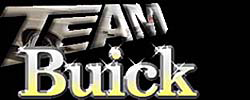Hi and welcome. Not too far south of you.
Any 455 is good and fun. But the 75 model had low compression and crappy heads. You could swap out the heads and really improve the performance.
As far as the swap. Not too tough. Need to change the frame mounts for the engine to 455 units. Will have to move the crossmember for tranny, but it will work. New drive shaft. Different fan shroud.










Bookmarks